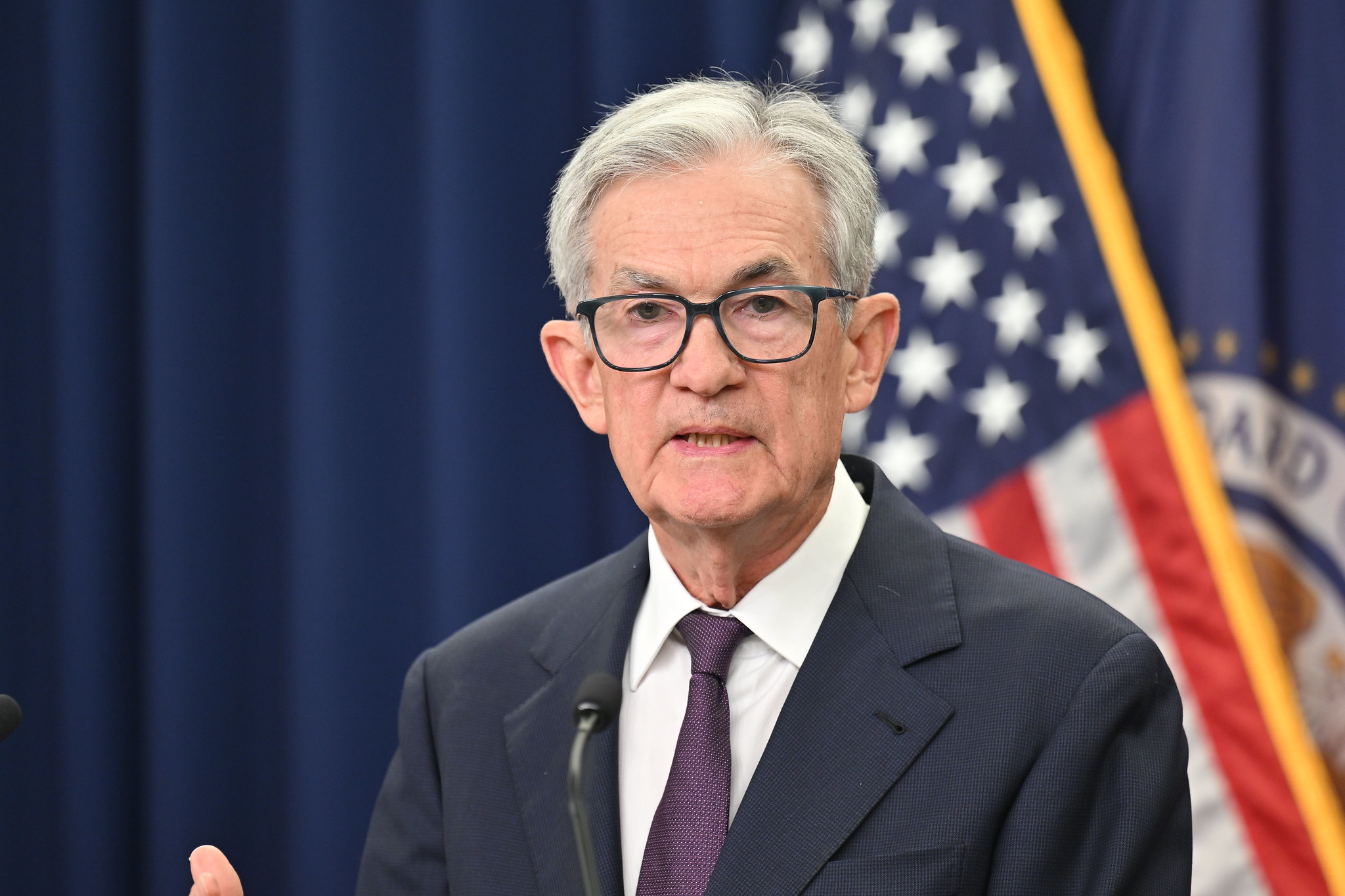In his 2023 letter to shareholders, Warren Buffett reminded Berkshire Hathaway investors that major market panics "won't happen often -- but they will happen." They are a fact of life in markets ultimately made up of humans -- humans prone to getting caught up in waves of "feverish activity" and "foolishness."
And while this has always been the case, Buffett was particularly concerned with the level to which the modern market appeared "casino-like," pointing out that "the casino now resides in many homes and daily tempts the occupants."
Now, two years later, as the S&P 500 (^GSPC 0.35%) sets new record highs, the total margin debt in the U.S. stock market -- a direct measure of how much risk investors are willing to take and an excellent proxy for investor sentiment -- has surpassed the $1 trillion mark for the first time ever. In recent months it's grown at a pace not seen since major "conflagrations" (as Buffett calls them) of the past like the the global financial crisis of 2007-2009. Investors are borrowing more to invest.
What does this mean for investors, and what can investors learn from Warren Buffett's strategy to navigate a market downturn?
Margin debt hits $1 trillion for the first time ever
Deutsche Bank recently released an analysis of data from the Financial Industry Regulatory Authority (FINRA) -- the brokerage industry's self regulating body -- showing that not only has margin debt reached historic levels, but the May/June period had the largest two-month increase since 2007, and before that, 1999 -- not exactly a parallel that inspires confidence.
While the absolute size of margin debt is certainly something to pay attention to, there are reasons why it would be larger today than in the past. For one, the stock market is also setting historic highs, and thanks to inflation, $1 trillion isn't what it used to be. And as Buffett was alluding to in his letter, through apps like Robinhood, it is easier than ever to access margin.

Image source: Getty Images.
What is much more concerning is the rate at which margin debt is growing. It is a very good proxy for how investors feel about the direction of the stock market. Confidence and optimism are good things, but there is a line at which this tips into euphoria, even mania. Investors begin feeling like their investments can only go up, like a gambler on a hot streak. Investors lose sight of business fundamentals and invest in riskier and riskier companies built on promises of future earnings.
Margin debt can worsen natural declines
If stocks begin to fall, a high level of margin in the market could create a feedback loop that significantly accelerates the decline. When you use margin, you are required to maintain a minimum "maintenance margin." If you don't maintain what's required by your brokerage, a "margin call" is triggered, and you must either add money to your account or sell a portion of your position. If this happens to enough people at once, the liquidated stocks flood the market, further lowering stock prices, triggering more selling, and so on -- a dangerous loop.
While this is important to understand in general, what's more useful to look at is what margin debt -- and specifically the rate of its growth or decline -- tells us about investor sentiment. When it grows rapidly, like it is now, it is a direct reflection of how much risk investors are willing to take on and, therefore, how confident they are in the future. And while investor confidence is a good thing, overconfidence is not. That's the stuff bubbles are made of.
It's 2025, not 1999 or 2007
The rapid rise in margin debt is undoubtedly an important market warning. It's critical to remember, though, that it is just that: a warning. It's not a guarantee that something will happen. And though history would seem to say what happens next is a crash, it's entirely possible that one is not imminent. As the saying goes, history rhymes; it doesn't repeat.
Today's fundamentals appear stronger than in the past. Unlike 1999, when so many tech companies traded on pure speculation, today's top firms have real, robust earnings. The inflation-adjusted price-to-earnings ratio (P/E) of the entire S&P 500 is lower than it was in 1999. And unlike 2007, when the banking system was significantly and directly exposed to the housing market, today's broader system appears far less at risk if the stock market turns south.
How investors can prepare
Still, it's not something that should be ignored. If a crash is coming -- and let's be honest, one will come at some point, that is the nature of markets -- investors should be prepared. What investors should not do is try to time the market.
The best strategy is to continue to invest with a level head. Take these signals as an opportunity to step back from the euphoria and evaluate your holdings with fresh eyes. Are you chasing the latest "moonshot" or are you investing in solid businesses?
What history has to tell us here isn't that a crash is definitely just around the corner, but about how to approach investing so that your portfolio not only survives a crash, but thrives on the other end. Picking good companies, sticking with them, and letting time work its magic will always beat FOMOing into the latest "sure thing" -- it's the core of Buffett's philosophy. And like him, it's also probably a good idea to keep some cash out of the market, to take advantage when things eventually go south and the stocks of great companies go on sale.
So remember, while the dot-com bubble did pop, some incredible companies survived the fallout and were stronger for it. Amazon shares cratered in 2000, but knowing what you do now, wouldn't you be happy having loaded up on Amazon stock for $5.25 a share in 1999?






